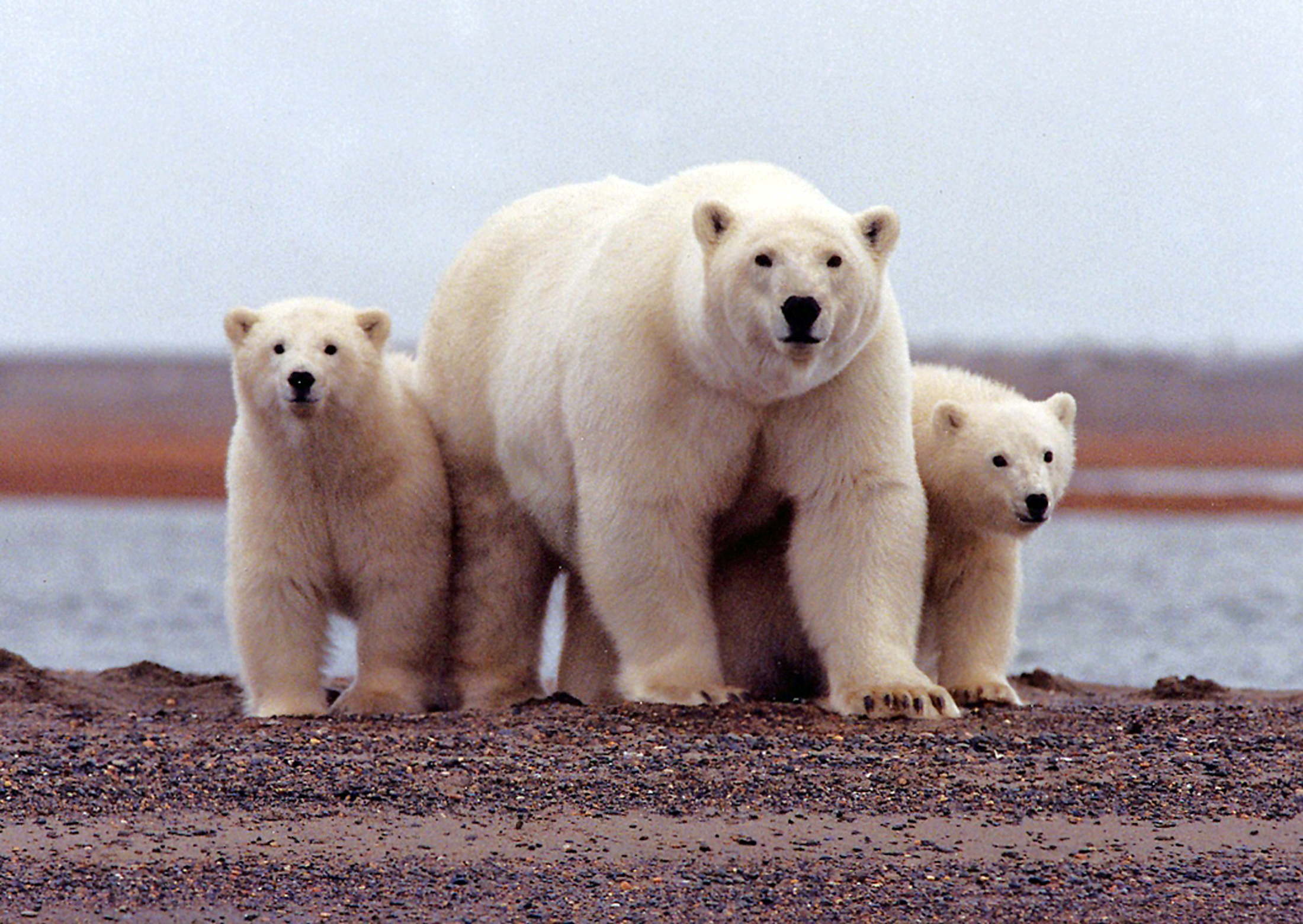
The US government approved a major oil project in Alaska that supporters say represents an economic lifeline for Indigenous communities but environmentalists say is a disaster in the fight against global climate change.
The decision on ConocoPhillips Alaska’s $8bn Willow project, in a federal oil reserve roughly the size of Indiana, was revealed on Monday.
Here is what you need to know:
What is the Willow project?
The 30-year scheme aims to produce up to 180,000 barrels of oil a day — about 1.5 percent of total US oil production. Willow is currently the largest proposed oil project on US public land.
So far this year, about 498,000 barrels of oil a day have flowed through the trans-Alaska pipeline, well below the late-1980s’ peak of 2.1 million barrels. ConocoPhillips Alaska proposed five drilling sites as part of the project. The US Bureau of Land Management approved three.
The petroleum reserve on Alaska’s North Slope was set aside a century ago for future oil production.
Is there support for Willow?
There is widespread political support in Alaska, including from the bipartisan congressional delegation, Republican Governor Mike Dunleavy, and state lawmakers.
Alaska Senator Dan Sullivan said the development could be “one of the biggest, most important resource development projects in our state’s history”.
There also is “majority consensus” in support in the oil-rich North Slope region, said Nagruk Harcharek, president of the group Voice of the Arctic Iñupiat, whose members include leaders from across much of that region. Supporters have called the project balanced and say communities would benefit from taxes generated by Willow to invest in infrastructure and provide public services.
City of Nuiqsut Mayor Rosemary Ahtuangaruak, whose community of about 525 people is closest to the development, is a prominent opponent who is worried about the effects on caribou and her residents’ subsistence lifestyles. But opposition there is not universal. The local Alaska Native village corporation has expressed support.
What are environmentalists saying?
Erik Grafe from the group Earth Justice said the move “seriously undermines” efforts to combat climate change with temperatures rising globally and time running out to phase out the burning of fossil fuels.
“It is projected to release 260 million metric tonnes of carbon dioxide, so that is like putting 56 million cars on the road for a year or 69 coal-fired power plants for one year. These are the types of emissions that we cannot afford if we’re going to avoid the worst of climate change,” Grafe told Al Jazeera.
“The Willow project is meant to go on for 30 years so it locks in these carbon emissions, which we can’t afford today or well into the future. There’s just no room in the carbon budget for these types of megaprojects.”
Environmentalists say approval of the project represents a betrayal by President Joe Biden, who promised during the 2020 campaign to end new oil and gas drilling on federal lands.
“Today’s decision to approve the Willow project in Alaska will lock in decades of dirty and dangerous oil and gas production and drown out the tremendous environmental and economic opportunities available from transitioning to a clean economy,” said Margie Alt, director of the Climate Action Campaign.
What are the politics of the decision?
Biden’s decision pits Alaska lawmakers against environmental groups and many Democrats in Congress who say the project is out of step with his goals to slash planet-warming carbon emissions in half by 2030 and move to clean energy.
Biden has made fighting climate change a top priority and backed a landmark law to accelerate the expansion of clean energy such as wind and solar power and move the US away from oil, coal and gas. He has faced attacks from Republican lawmakers who blame him for petrol price spikes that occurred after Russia’s invasion of Ukraine.
The Willow project “is about producing oil for decades when the US needs to be on a steep reduction path”, said Michael Lazarus, a senior scientist at the Stockholm Environment Institute. “I see the political pressure the administration is under, but the science doesn’t change.”
What is the government saying?
The US interior department praised the government’s actions against climate change.
“In his first year, President Biden protected more lands and waters than any president since John F Kennedy. The President and the Biden-Harris administration continue to deliver on the most aggressive climate agenda in American history, including the creation of clean energy manufacturing and jobs,” it said in a statement.
“And his economic agenda has put the United States back on track to reach its climate goals for 2030 and 2050 all while reducing America’s reliance on oil.”
Interior Secretary Deb Haaland referred to the project in a video statement on Twitter as a “difficult and complex issue” involving leases issued by prior administrations.
“As a result, we had limited decision space, but we focused on how to reduce the project’s footprint and minimise its impacts to people and to wildlife,” said Haaland, who had opposed Willow as a New Mexico congresswoman before becoming interior secretary.
What other actions is the Biden administration taking?
On Sunday, the government announced it would indefinitely place off limits to future oil and gas leasing nearly 3 million acres (1.2 million hectares) of the Arctic Ocean and impose new protections in the petroleum reserve. The withdrawal of the offshore area ensures important habitat for whales, seals, polar bears and other wildlife “will be protected in perpetuity from extractive development″, the White House said in a statement.
The Biden administration also said it plans to consider additional protections for the more than 13 million acres (5.3 million hectares) within the petroleum reserve that are designated as special areas for their wildlife, subsistence, scenic or other values. Details were not immediately clear.







